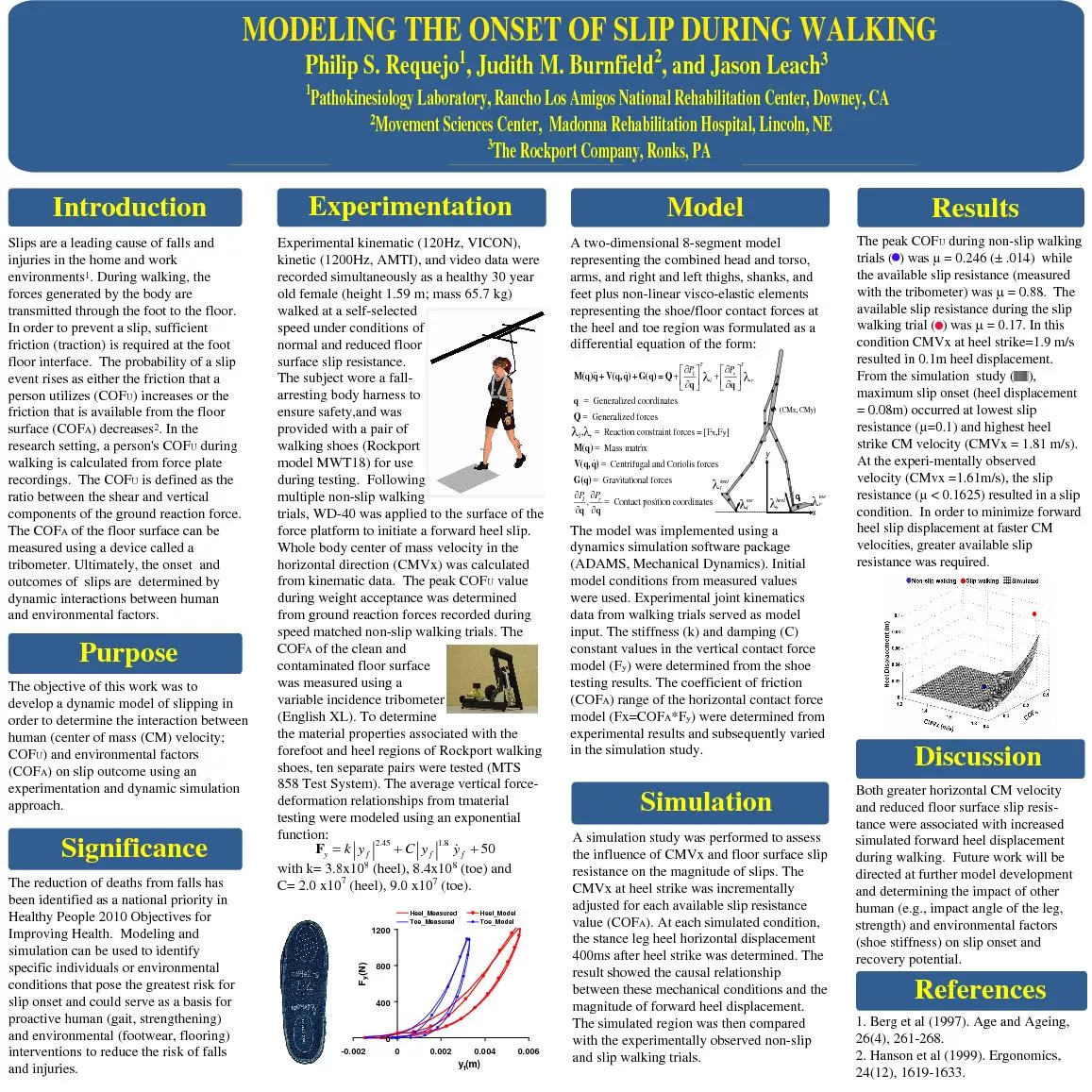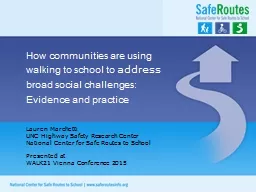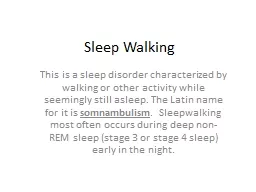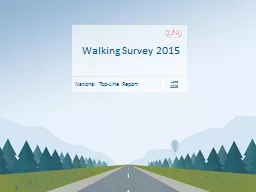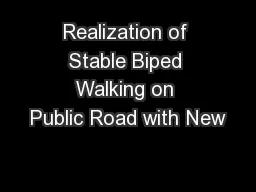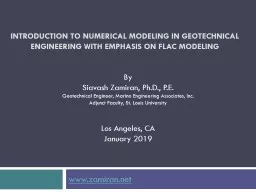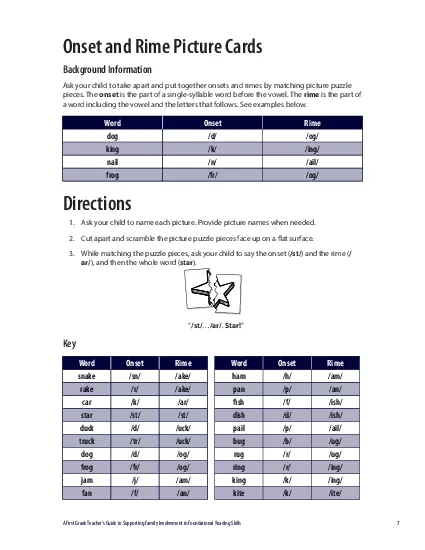PDF-MODELING THE ONSET OF SLIP DURING WALKING
Author : joanne | Published Date : 2020-11-23
Philip S Requejo1 Judith M Burnfield2 and Jason Leach3 1Pathokinesiology Laboratory Rancho Los Amigos National Rehabilitation Center Downey CA 2Movement Sciences
Presentation Embed Code
Download Presentation
Download Presentation The PPT/PDF document "MODELING THE ONSET OF SLIP DURING WALKIN..." is the property of its rightful owner. Permission is granted to download and print the materials on this website for personal, non-commercial use only, and to display it on your personal computer provided you do not modify the materials and that you retain all copyright notices contained in the materials. By downloading content from our website, you accept the terms of this agreement.
MODELING THE ONSET OF SLIP DURING WALKING: Transcript
Download Rules Of Document
"MODELING THE ONSET OF SLIP DURING WALKING"The content belongs to its owner. You may download and print it for personal use, without modification, and keep all copyright notices. By downloading, you agree to these terms.
Related Documents

